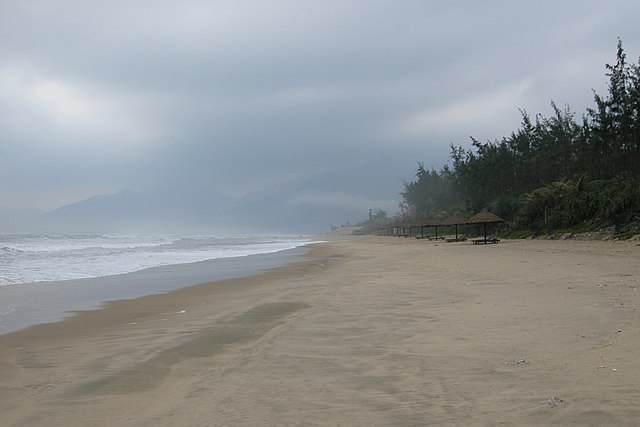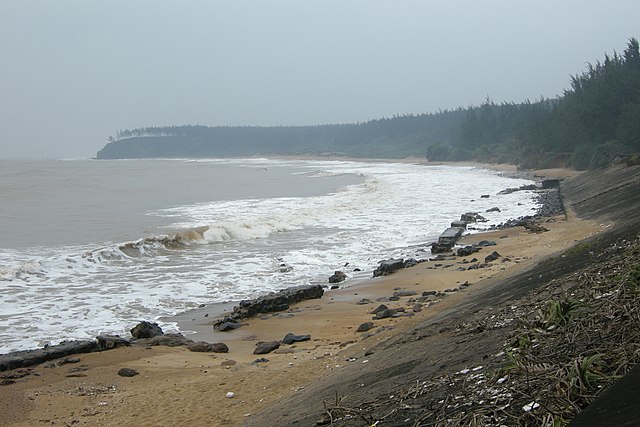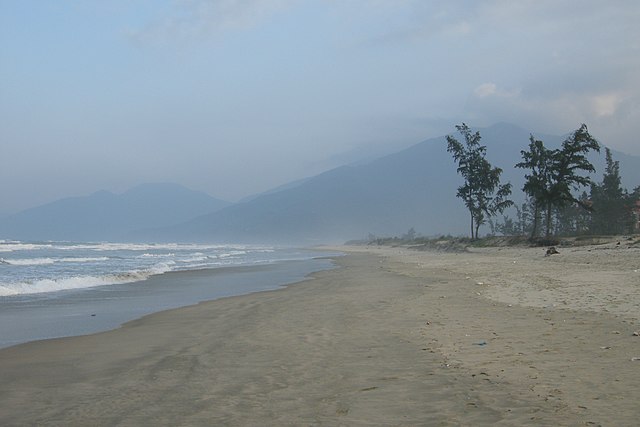
Thammasat University students interested in ASEAN studies, China, ecology, political science, economics, sociology, diplomacy, cultural politics, and related subjects may find it useful to participate in a free 19 October webinar on Weaker Claimants’ Responses to China’s Coercion in the South China Sea: A Comparative Analysis.
The event, on Thursday, 19 October at 9am Bangkok time, is presented by the ISEAS – Yusof Ishak Institute, Singapore.
The TU Library collection includes several books about different aspects of Chinese policies in the South China Sea.
Students are invited to register at this link:
https://us06web.zoom.us/webinar/register/5516964097189/WN_f7Uwt-AlReCa8JRCedAPzA#/registration
The event webpage explains:
About the Webinar
Tensions in the South China Sea (SCS) have been rising since the late 2000s, when China began to frequently employ coercive measures against other littoral states, such as Vietnam, the Philippines, Malaysia, and Indonesia. These measures included patrols by the Chinese Coast Guard, ramming of fishing vessels, capture of fishermen, and harassment of other nations’ economic activities such as fishing and oil and gas operations within their Exclusive Economic Zones.
This webinar will present a comprehensive and comparative study on how other claimant states have responded to China’s maritime assertiveness in the SCS. Through an analysis of a newly compiled dataset of 329 cases between 1970 and 2021, the webinar aims to answer two key questions: 1) What strategies have weaker nations employed to counter Chinese coercion?; and 2) How effective have these strategies been?
About the Speaker
Huynh Trung Dung (Dung Huynh) is the Lead Faculty member for Public Policy of the YSEALI Academy at Fulbright University Vietnam. […]

Last month the Guardian reported:
South China Sea
‘Risk of miscalculation’ rises in South China Sea as Beijing ramps up aggressive tactics
Tensions over the resource-rich region are intensifying as China attempts to cut access for nations with competing claims, such as the Philippines
In shaky camera footage, a member of the Philippine coast guard can be seen dipping below the waters of South China Sea, ready to carry out the instructions of the country’s president. “Just cut it off,” says a voice in the background and the coast guard, posing as a fisher in a snorkel, proceeds to hack away at a piece of rope.
The video, taken on Monday near the fiercely contested Scarborough Shoal, shows the Philippines’ mission to remove what it described as a hazardous floating barrier installed by China’s coast guard. It had been erected to cut off access to Philippine boats, the Philippine coast guard alleged, accusing their counterparts of violating international law. China has defended its actions as “professional and restrained”.
The episode was the latest in an intensifying dispute over the South China Sea – a row that, were it to escalate, could bring the US, a Philippine ally, into confrontation with its rival, China.
Manila has, over the past year, repeatedly accused Beijing of dangerous and aggressive tactics in the South China Sea, including allegations that China directed a military-grade laser at a Philippine vessel and that it aimed water cannon at Philippine boats as they travelled within their country’s exclusive economic zone.
“The risk [of] miscalculation is getting higher because of China’s escalation,” says Jay L Batongbacal, a lawyer and professor at the University of the Philippines.
Beijing has rejected the notion that it is an aggressor and has said it supports dialogue with the Philippines. Last month, China’s foreign minister, Wang Yi, accused the US of provoking conflict between Beijing and Manila, saying it had “disrupted the peace and tranquillity of the South China Sea, to serve the United States’ own geopolitical strategy”.
Efforts to dislodge a ‘legal reality’
The dispute over the South China Sea is long-running and delicate. China claims the South China Sea almost in its entirety, maintaining it has historic claims to the reefs and rocks that dot the waters – although a UN tribunal found this to be without legal basis. China has repeatedly and publicly rejected The Hague’s ruling. The Philippines, as well as Vietnam, Malaysia, Brunei and Taiwan also have competing claims.
Philippe Sands KC, who acted as a lawyer for the Philippines in the 2016 tribunal case, said the award was final. “No amount of political, diplomatic or economic effort is going to dislodge that legal reality,” he said.
He added that it was “fair to conclude that the efforts to build up maritime features [such as the floating barrier near the Scarborough Shoal], sovereignty over which is disputed, is problematic under international law”.
The US is not a claimant in the South China Sea dispute but considers the waters, which are one of the world’s busiest shipping routes, to be key to its national interests. It also counts the Philippines as its oldest treaty ally in Asia.
The South China Sea is highly important for the Philippines – both due to its rich supply of fish and its oil and natural gas reserves, which are increasingly significant as Manila faces a looming energy crisis.

For China, the sea has both importance for political legitimacy domestically, for its energy resources and strategic importance, say analysts, and is considered a key part of its defence. China “aspires to create a security buffer” around its coastline, says Batongbacal.
The South China Sea is also believed to be the bastion of China’s sea-based nuclear deterrent, says Collin Koh, a senior fellow at the Institute of Defence and Strategic Studies at Nanyang Technological University, Singapore. China bases most of its nuclear ballistic missile submarines in Hainan Island, he said. “It is where China will be able to project what we call second-strike capability against its potential adversaries, such as the US [and] India.”
The South China Sea is important to Beijing for wider defensive reasons, Koh added. “In the event of a conflict over Taiwan, the South China Sea is the southern flank that China has to secure.”
Last month, China released a new map that featured a 10-dash line, rather than the typical nine-dash, including democratically governed Taiwan as part of its territory.
Over the past decade, China has bolstered its presence in the South China Sea by constructing and fortifying artificial islands. According to the US, these have been equipped with various facilities, including anti-ship and anti-aircraft missile systems, laser and jamming equipment and fighter jets.
China has denied that it is militarising the waters, saying it supports peace and stability.
Whether Beijing has further plans to build artificial features is unclear, says Raymond M Powell, a fellow at Stanford University’s Gordian Knot Center for National Security Innovation in the US. China has not yet developed Scarborough Shoal, which it seized in 2012. “What we’ve seen happen instead is they just have this much greater presence campaign by using the existing artificial features, especially the ports, to forward-project their forces, especially their maritime militia and their coast guard,” said Powell. Vessels instead swarm key features, or are tethered, to create “a floating outpost”, he added.
Research by the Asia Maritime Transparency Initiative at the Center for Strategic and International Studies, found the China coast guard’s presence was “more robust than ever” in 2022 and that it maintained near-daily patrols at key features across sea. […]

(All images courtesy of Wikimedia Commons)
